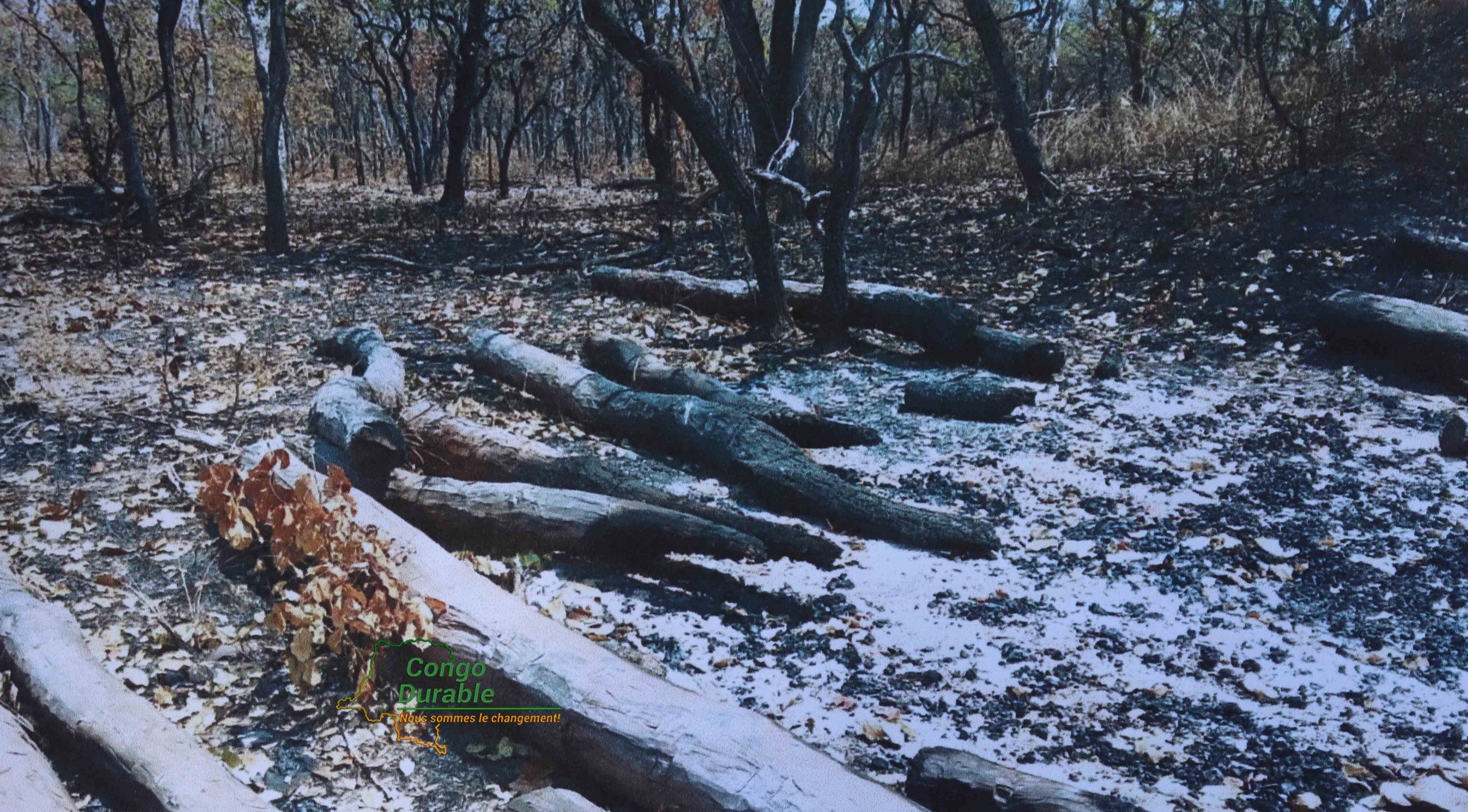A precarious sense of calm reigns in Miombo, a forest in the southeast of the Democratic Republic of the Congo. It has been about two years since the ban on cutting down "mukula," also known as rosewood or Padouk (Pterocarpus) trees. But no one knows how long it will last. Neither environmentalists nor the local government are left with any leeway for managing this resource. As for rural farmers, only a few are beginning to realize how disadvantageous aggressive exploitation of the tree can be for themselves.
In the past decade, nine million US dollars worth of African rosewood has been exported to China according to a study from the Center for International Forestry Research (CIFOR).
Estimates of the area of forest affected each year due to the rosewood frenzy range from 90,000 to 150,000 hectares. And the turnover reaches three million US dollars in Zambia, DRC, and even Malawi. This surge in demand for redwood matches China's growing appetite for neo-antique furniture.
To read the full story in French, please visit the Congo Durable website.
Un calme précaire règne dans le Miombo, la forêt claire du Sud-Est de la République démocratique du Congo. Environ 2 ans après l’interdiction de couper le « mukula », le bois rouge ou Padouk (Pterocarpus tinctorius). Mais personne ne sait pour combien de temps. Ni les défenseurs de l’environnement, ni moins encore l’administration locale laissée sans marge de manœuvre dans la gestion de la ressource forestière. Quant aux paysans, peu seulement commencent à réaliser à quel point une exploitation « agressive » leur est désavantageuse.
Au cours de la dernière décennie, d’après une étude du Center for International Forestry Research (CIFOR), du bois de rose (bois rouge, mukula) africain d’une valeur de 9 milliards de dollars américains a été exporté en Chine.
Les estimations varient entre 90.000 et 150.000 hectares de forêts affectés chaque année durant la période de frénésie du bois rouge. Et le chiffre d’affaire atteint les 3 millions de dollars, en Zambie, en RDC ou encore au Malawi. Cette explosion de la demande du bois rouge correspond à l’appétit croissant en Chine pour les meubles néo-antiques.
